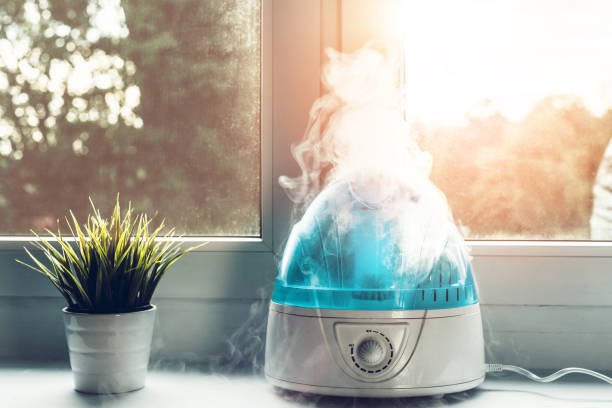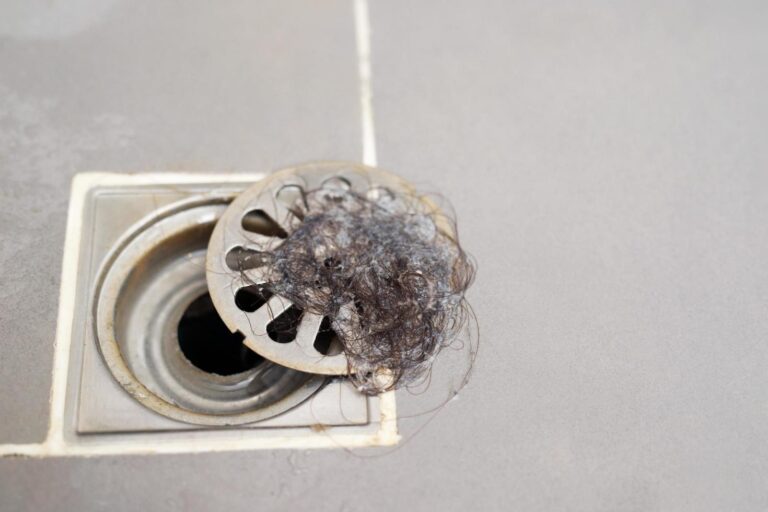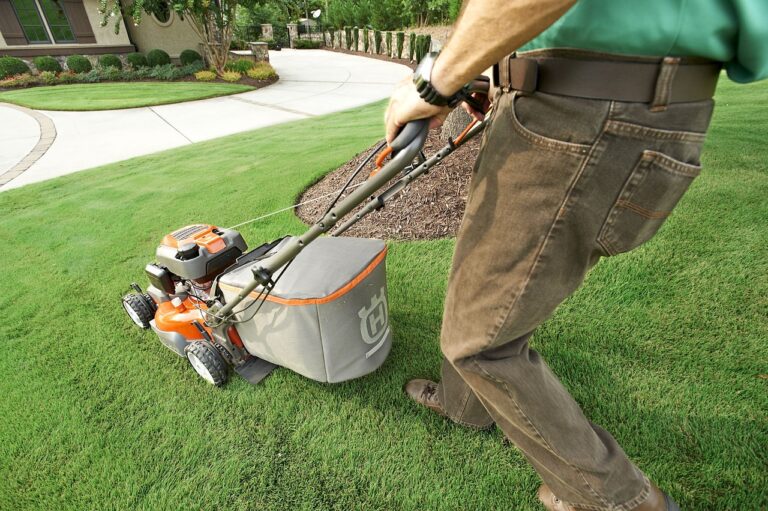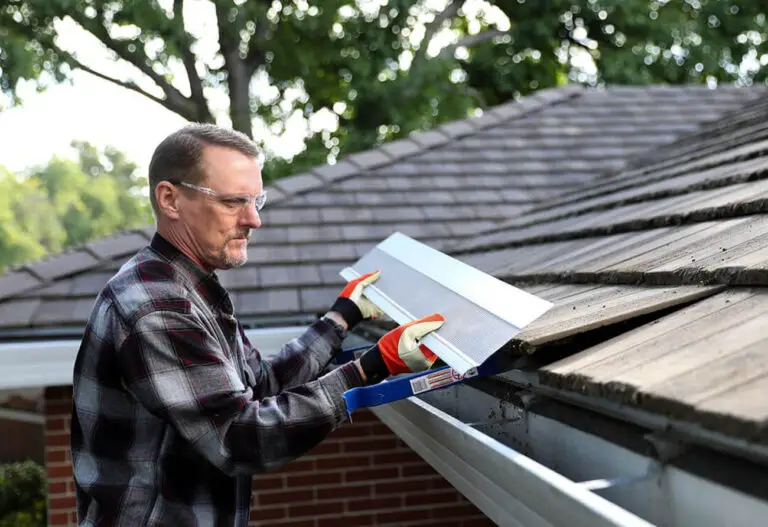How to Clean a Humidifier: A Step-by-Step Guide

Humidifiers are a great way to add moisture to the air in your home or office, especially during the dry winter months. However, if not properly maintained, humidifiers can become a breeding ground for bacteria and mold, which can be harmful to your health. That’s why it’s important to know how to clean your humidifier.
Cleaning your humidifier is not a difficult task, but it does require some time and effort. The first step is to unplug the humidifier and empty any remaining water. Then, disassemble the humidifier according to the manufacturer’s instructions. Most humidifiers have removable tanks and filters that need to be cleaned separately. It’s important to read the instructions carefully to avoid damaging the unit.
Once the humidifier is disassembled, it’s time to clean each part thoroughly. Warm soapy water is usually sufficient for cleaning the tank and other plastic parts. For more stubborn stains or mineral buildup, a mixture of water and white vinegar can be used. Filters should be replaced regularly, but if they are washable, they should be cleaned according to the manufacturer’s instructions. By following these steps, you can ensure that your humidifier is clean and functioning properly.
Understanding Your Humidifier
Types of Humidifiers
Humidifiers come in different types, and each has its unique features and benefits. The most common types are:
- Cool Mist Humidifiers: These humidifiers use a fan to blow air through a wet wick, filter, or a water tank to create a cool mist that adds moisture to the air. They are ideal for warm climates or summer months when you don’t want to add heat to your room.
- Warm Mist Humidifiers: These humidifiers boil water to create steam that is released into the air. They are ideal for cold climates or winter months when you want to add warmth to your room. They also tend to be quieter than cool mist humidifiers.
- Ultrasonic Humidifiers: These humidifiers use high-frequency vibrations to turn water into a fine mist that is released into the air. They are quiet and energy-efficient, making them ideal for bedrooms or offices.
Importance of Regular Cleaning
Humidifiers can be a breeding ground for bacteria, mold, and other harmful microorganisms if not cleaned regularly. The buildup of these contaminants can cause health problems such as allergies, asthma, and respiratory infections. Regular cleaning not only prevents the growth of harmful microorganisms but also helps your humidifier function efficiently.
It is recommended to clean your humidifier at least once a week, or more frequently if you notice any buildup of mineral deposits or mold. Always refer to your manufacturer’s instructions for specific cleaning guidelines. Generally, the cleaning process involves:
- Emptying the water tank and wiping it with a clean cloth.
- Disinfecting the tank and other parts with a solution of water and vinegar or bleach.
- Rinsing the tank and other parts thoroughly with clean water.
- Drying all parts before reassembling the humidifier.
Regular cleaning of your humidifier ensures that you enjoy the benefits of clean, moist air without the risk of health problems.
Preparing for Cleaning
Before cleaning a humidifier, it is important to prepare properly to ensure a safe and effective cleaning process. This section will cover the necessary steps to take before beginning the cleaning process.
Safety Precautions
When cleaning a humidifier, it is important to take certain safety precautions to avoid injury or damage to the humidifier. First, ensure that the humidifier is unplugged and disconnected from any power source before beginning the cleaning process. This will prevent any electrical shock or damage to the humidifier.
It is also important to wear gloves and protective eye-wear when handling cleaning solutions and disinfectants to avoid skin irritation or eye damage. Additionally, make sure to work in a well-ventilated area to avoid inhaling any fumes from the cleaning solutions.
Gathering Necessary Supplies
Before beginning the cleaning process, it is important to gather all necessary supplies. This will ensure that the cleaning process is efficient and effective. Some common supplies needed for cleaning a humidifier include:
- Distilled water
- White vinegar
- Soft-bristled brush or sponge
- Microfiber cloth
- Disinfectant solution
It is important to use distilled water when cleaning a humidifier to prevent the buildup of mineral deposits. White vinegar is also an effective cleaning solution that can help remove any mineral buildup or bacteria. A soft-bristled brush or sponge can be used to scrub the interior of the humidifier, while a microfiber cloth can be used to wipe down the exterior.
In addition to these supplies, it may be necessary to use a disinfectant solution to thoroughly clean and sanitize the humidifier. This can help prevent the growth of bacteria and mold in the humidifier.
Step-by-Step Cleaning Process
To ensure the longevity and efficiency of your humidifier, it is important to clean it regularly. Follow these simple steps to clean your humidifier thoroughly:
1. Disassembling the Humidifier
The first step in cleaning your humidifier is to disassemble it. Turn off the humidifier and unplug it. Then, remove the water tank and detach any other removable parts such as the filter, nozzle, and tray.
2. Cleaning the Water Tank
The water tank is the most important part of the humidifier, and it should be cleaned regularly to prevent the buildup of bacteria and mineral deposits. Fill the tank with equal parts of water and vinegar, and let it sit for 30 minutes. Afterward, scrub the tank with a soft-bristled brush to remove any dirt or residue. Rinse the tank thoroughly with clean water.
3. Wiping Down the Humidifier
After cleaning the water tank, wipe down the entire humidifier with a soft, damp cloth. This will remove any dust or dirt that may have accumulated on the surface of the humidifier. Be careful not to get any water inside the humidifier’s motor or electrical components.
4. Descale and Disinfect
To remove any mineral buildup on the humidifier, fill the tank with a mixture of 1 teaspoon of bleach and 1 gallon of water. Let the solution sit in the tank for 15-20 minutes, then rinse the tank thoroughly with clean water.
5. Rinsing and Reassembling
After cleaning and disinfecting the humidifier, rinse all the parts with clean water and dry them thoroughly with a soft, clean cloth. Reassemble the humidifier, making sure all the parts are properly attached and secured.
By following these simple steps, you can keep your humidifier clean and running smoothly for years to come.
Maintenance and Tips
Regular Maintenance Schedule
To ensure that your humidifier is functioning at its best, it is important to follow a regular maintenance schedule. This includes cleaning the unit regularly, replacing the filter as needed, and checking for any signs of wear and tear.
Cleaning the humidifier should be done at least once a week, or more frequently if the unit is being used frequently. This involves emptying the water tank, wiping down the interior with a mild detergent, and rinsing thoroughly with clean water. The filter should be checked regularly and replaced as needed, according to the manufacturer’s instructions.
Proper Storage Practices
When not in use, it is important to store the humidifier properly to prevent damage and prolong its lifespan. This includes emptying the water tank, cleaning the unit thoroughly, and allowing it to dry completely before storing it in a cool, dry place.
It is also important to store the humidifier in its original packaging, if possible, to protect it from dust and other debris. If the original packaging is not available, a clean, dry cloth can be used to cover the unit.
Troubleshooting Common Issues
If your humidifier is not working properly, there are a few common issues that may be causing the problem. One of the most common issues is a clogged filter, which can be easily remedied by replacing the filter or cleaning it thoroughly.
Another common issue is a malfunctioning motor, which may require professional repair or replacement. If the unit is leaking, this may be due to a damaged water tank or a faulty seal, which should be addressed immediately to prevent further damage.
By following these maintenance and storage tips, as well as troubleshooting common issues, you can ensure that your humidifier is functioning at its best and providing the benefits of clean, moist air.
Frequently Asked Questions (FAQs)
Q: How do I clean the filter of my humidifier?
A: Rinse the filter under running cold water. Avoid using any cleaning agents. Replace the filter as per the manufacturer’s recommendation.
Q: Can I run my humidifier immediately after cleaning it?
A: Yes, but ensure it’s completely dry to prevent any electrical hazards.
Q: What should I do if I notice mold in my humidifier?
A: Clean the humidifier thoroughly with a vinegar solution, rinse well, and dry. If mold persists, replace the humidifier as it may pose a health risk.
Q: Is it necessary to clean every part of the humidifier?
A: Yes, it’s important to clean all parts where water is held or passes through to prevent bacteria and mold growth.
Q: How do I dispose of the water after cleaning my humidifier?
A: You can safely pour it down the drain. Ensure no large debris is included that might clog the sink.
Q: Can a dirty humidifier cause health issues?
A: Yes, a humidifier that’s not regularly cleaned can harbor bacteria and mold, leading to respiratory issues or worsen allergies.
Conclusion
For those using a cool mist humidifier, adhering to the manufacturer’s cleaning instructions is key. This not only involves routine checks but also the use of the right cleaning agents. Liquid chlorine bleach and hydrogen peroxide are excellent choices for thorough disinfection, effectively eliminating any bacteria that might thrive in stagnant water. However, caution is advised with components like the heating element, which require gentle handling and specific cleaning methods.
After the cleaning process, always ensure parts are left to air dry completely before reassembling to prevent any electrical hazards. The type of water used in your humidifier plays a pivotal role in its maintenance. Using only distilled water is advisable as it reduces mineral buildup, thereby safeguarding the internal mechanisms of your unit. Each cleaning session should conclude with a refill of fresh water, ensuring your humidifier operates efficiently and hygienically.
Additionally, after cleaning, it’s beneficial to wipe dry all external surfaces of the humidifier, maintaining its aesthetic appeal and preventing any moisture-related damage. By following these guidelines, you can enjoy the benefits of your humidifier without the concerns of health risks associated with unclean humidification systems.






